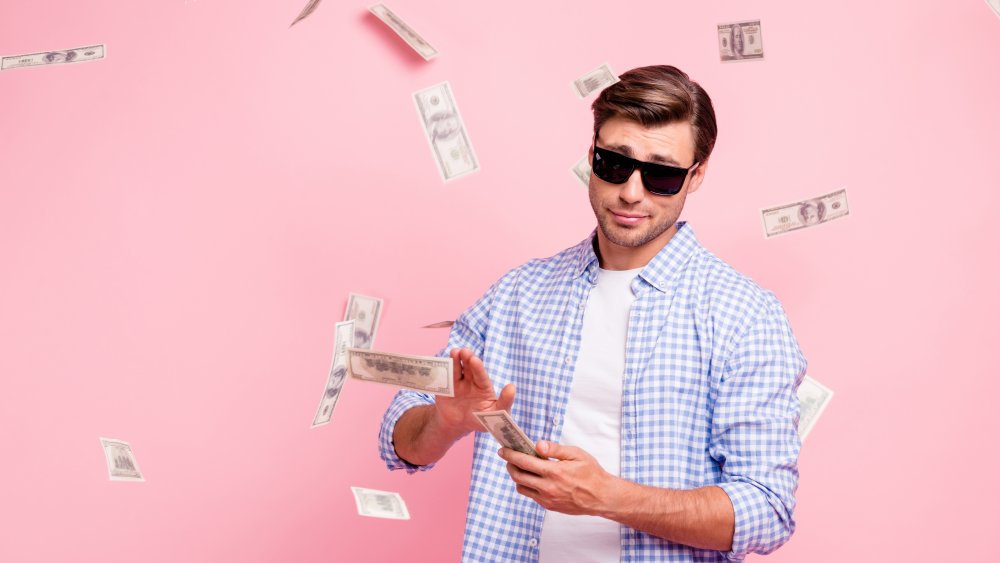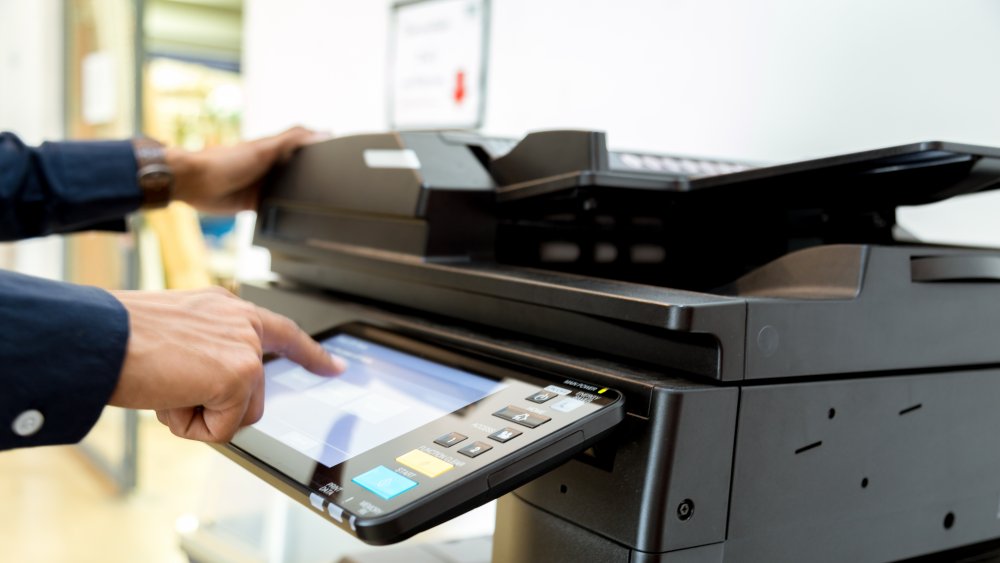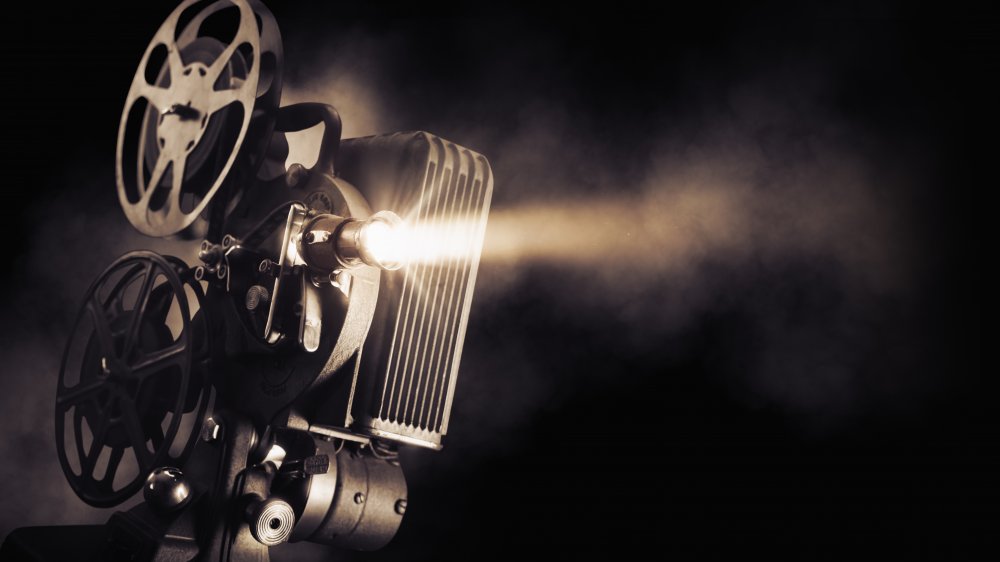Here's How People Actually Counterfeit Money
Counterfeiting cash is a crime that has been around as long as legitimate currency. When the first coins were distributed thousands of years ago (and the value of a coin was based on the value of the metal it was created from), criminals would scrape off excess metal and cover it with a cheaper replacement to superficially increase its value. From the Civil War to World War II, attempts to destroy national economies were rooted in stealthily placing fake bills into an enemy's circulation. In fact, by the end of the Civil War, one-third of the bills in the U.S. proved to be counterfeit, according to the U.S. Marshals Service. To combat the surge of fake cash, Abraham Lincoln originally created the Secret Service to fix the country's counterfeiting problem.
Although recent years have seen increased security features and detection technology on new bills, there is still an estimated $220 million in counterfeit money being circulated in the U.S. alone, according to Business Insider. But with the incredibly low price of printing devices, there are now more counterfeiters than in years past.
Bleach, scrub, print, repeat
It's no secret that governments have added additional elements to currency in order to make counterfeiting more difficult. From new designs and special paper to color-shifting ink and unique numbering, bills are made with additional security features to preserve authenticity of the money in circulation. But despite the improved technology to spot fake Franklins, counterfeiters have moved towards using digital scanners, computers and inkjet printers as means to photocopy money.
According to the American Numismatic Society, counterfeits are made by offset printing, which requires expensive heavy-duty machinery. Producing the right paper is also a challenge, one that calls for bleaching $1 notes, then scrubbing the ink off by hand. After a few hours (and an insane arm workout), voila: you now have a blank canvas to print on. Bu at a certain point, even someone making fake money has to value their time. In recent years, an even easier method of acquiring counterfeits has increased in popularity: prop money.
Lights, camera, counterfeit
Shady Internet merchants on Amazon and eBay tout bags of C-notes for $10 while allegedly disregarding the laws regarding the creation and distribution of movie money. In a story published in South Dakota newspaper Argus Leader, local Secret Service agent Randy Walker admitted that prop money is the most popular type of counterfeit bill in circulation. "People don't have to make anything," Walker said.
While purchasing legitimate prop money isn't illegal, using the fakes in any kind of transaction definitely is, and can land you jail time. However, the Atlantic notes that it isn't uncommon for prop money to be passed off as authentic from time to time, even if the bills follow the federal guidelines with large printed disclaimers and one-sided illustrations. As Secret Service special agent Chuck Ortman explained to the Los Angeles Times, "[If] it's green and it says '20' on it, somebody will take it."


